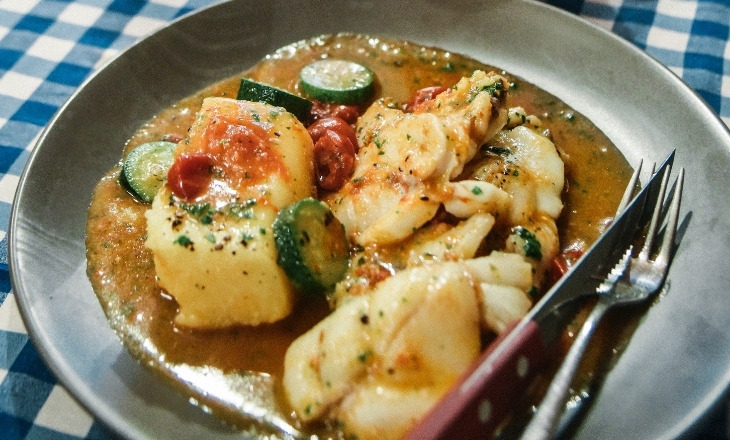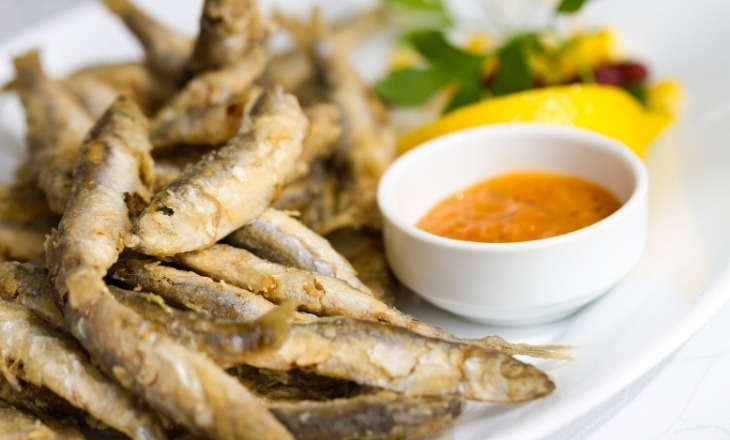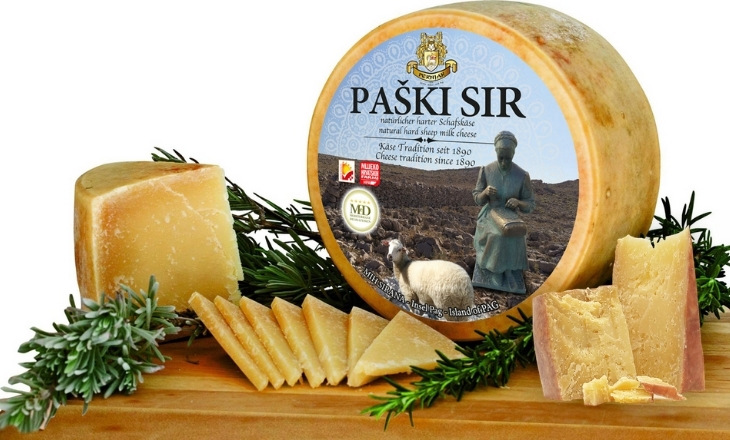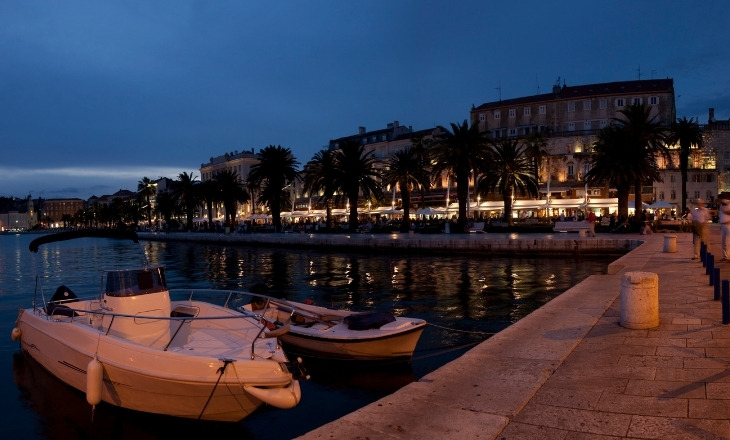22 Best Dishes You MUST Try While in Croatia
A trip to Croatia would be incomplete without sampling some of the wines of lush vineyards to the traditionally prepared dishes and produce from the family-run farms; every region here offers a unique culinary experience.
The traditional way of life in Croatia is characterised largely by the community, which is reflected in customs, crafts and folklore, and also in eating habits, with a wide variety of regional cuisines.
Croatian cuisine is developed through centuries under different natural and economic conditions, and diverse cultural influences have affected the development of several regional cuisines and today, these dishes are becoming more and more available to foreign guests as part of the range of tourist services.

Istria is very proud of its truffles, and few dishes escape their touch, though often the touch is a bit heavy-handed. You can have pasta, steak, cheese, or even omelettes with truffles. Istria is also known for its fuži, a type of pasta, and maneštra, a thick bean and vegetable soup.
The culinary tradition of northeast Croatia, which is Slavonia and Baranja, has much Austro-Hungarian influence. The cuisine relies heavily on pork, whether fresh or processed as dried products – sausages, bacon, ham, pork crackling, or the famous Kulen salami and Kulenova seka.
A meal in inland Croatia and Zagorje is frequently preceded by soup, often a clear broth with a few noodles.
Dalmatia is heavy on seafood, often served in a sauce called buzara, which has a base of garlic and white wine. Some buzara contain tomatoes.
Grilled fish is the most common of the seafood dishes, usually accompanied by a side of blitva, a vegetable similar to Swiss chard, cooked in garlic and olive oil with potatoes.
Other excellent seafood dishes are lobster or octopus ispod Peka (baked in a brick oven) along with mussels and oysters. Be careful not to buy or request prstace (date shells) in your dishes—it’s an endangered species and illegal to sell.

If you’d want to savour something besides seafood, but still typical of Dalmatia, try pašticada, a favourite beef dish braised with herbs, prunes and dried figs, bacon and red wine, the most common accompaniment is gnocchi. Janjetina, or lamb, is found at restaurants all over Dalmatia, usually off the coast or along the old coastal road and up the hills. Generally roasted on a spit, it is served best in the spring, and early summer when the lambs aren’t too grown and the meat is still tender. Janjetina is considered a delicacy irrespective of the basic restaurants it’s usually served in and usually a must-eat for those journeying to the coast.
You will also find quite a few fast-food establishments serving up cevapcici, seasoned ground meat kebabs. The dish has an Eastern origin, and while it is more typical of Bosnia, you will find it a popular staple in Croatia as well.
Croatia has proud produce of top-quality olive oil and selected indigenous wines. The community spirit is also seen in sports and recreation – popular ways of spending leisure time. In this sense, and due to the success of top sportsmen, and women, Croatia is considered to be one of the top sporting countries in Europe.

Here is a low-down on what you absolutely must try while in Croatia.
Although there is much more to savour, we have selected 22 dishes that you MUST try before leaving Croatia.

Pašticada or Dalmatinska Pašticada is a wonderfully opulent Dalmatian speciality. It is a stew consisting of marinated beef or veal cooked slowly with a special sauce. The sauce, which has ingredients such as dried plums, pancetta and the sweet dessert wine prošek, adds a distinct flavour to the dish. It typically served with homemade gnocchi and parmesan cheese.

Peka: One of the most traditional dishes in the Dalmatia region is peka, a blend of vegetables and meat, a drizzle of olive oil, locals herbs and then baked under a bell-like dome, or “ispod cripnje.” Wine is added halfway through cooking.

Sarma: Slavonian speciality is a traditional winter staple whose roots can be traced back to 1the 6th Century Ottoman era. Cabbage leaves are stuffed with a mixture of rice, pork or beef mince or both and spices, whether light or generous depends on the chef.
__________

Mlinci: Baked pastry sheets made from just flour, water and salt - a side dish that is typically served with puretina (turkey), especially at Christmas time.
___________

Riba: a simple recipe of fresh Fish, of which Croatia (not surprisingly) has plenty. Typically either boiled (kuhano), splashed with olive oil, garlic and parsley, and served with potatoes and blitva (Swiss chard); or grilled (na žaru).
___________

Brodet: Mixed fish stew, a classic dish from Dalmatian Coast.
___________

Hobotnica na žaru: Along with pašticada, the crème de la crème of Croatian cuisine. Octopus, roasted in the oven in its own juices, with potatoes and onions and olive oil.
___________

Salata od hobotnice: Octopus and potato salad, with parsley, onion, garlic and olive oil.
___________

Punjene lignje: Stuffed tender Calamari.
___________

Crni rižoto: Black risotto is a popular Croatian seafood dish made with Squid & cuttlefish and Risotto. The risotto is black because of squid ink. A dish not for everyone's palate but a huge hit amongst the tourists who are food enthusiasts and loved by the locals., cooked in its own ink.
___________

Fiš paprikaš: A paprika flavoured spicy thin stew of fresh carp, trout and peppers served with pasta – native to Osijek area in Slavonia.
___________

Ribice: tiny fish variety called Sprats fried in breadcrumbs – a favourite café snack.
___________

Cevapcici: Small grilled sausages made of a mixture of ground beef and pork, seasoned with lots of garlic and paprika, typically served with ajvar (roasted pepper and aubergine puree).
___________
.jpg)
Komiška Pogaca: Pastry filled with anchovies and capers – a speciality of the island of Vis, and similar to Italian calzone.
___________

Grah: A hearty bean stew, sometimes made with kobasice (sausages).
___________
Juha: Soup. Particularly good are juha od povrca (vegetable soup) and riblja juha (fish soup).
___________

Paški sir: Croatia’s most celebrated cheese, from the island of Pag.
___________

Pršut: Dalmatian prosciutto.
___________

Kulen: The Slavonian answer to prosciutto – drier, harder, and perfect for hiking.
___________

Palacinke: Pancakes – a favourite Croatian desert.
___________

Kremšnite: A custard dessert, especially good in Samobor.
___________

Strukli: one dessert you must try is Zagorski Strukli. It is a Zagorje speciality with dough mixed with cottage cheese and eggs.
___________
Planning a trip to Croatia yet? These are the Most Important Things to know before Travelling to Croatia













